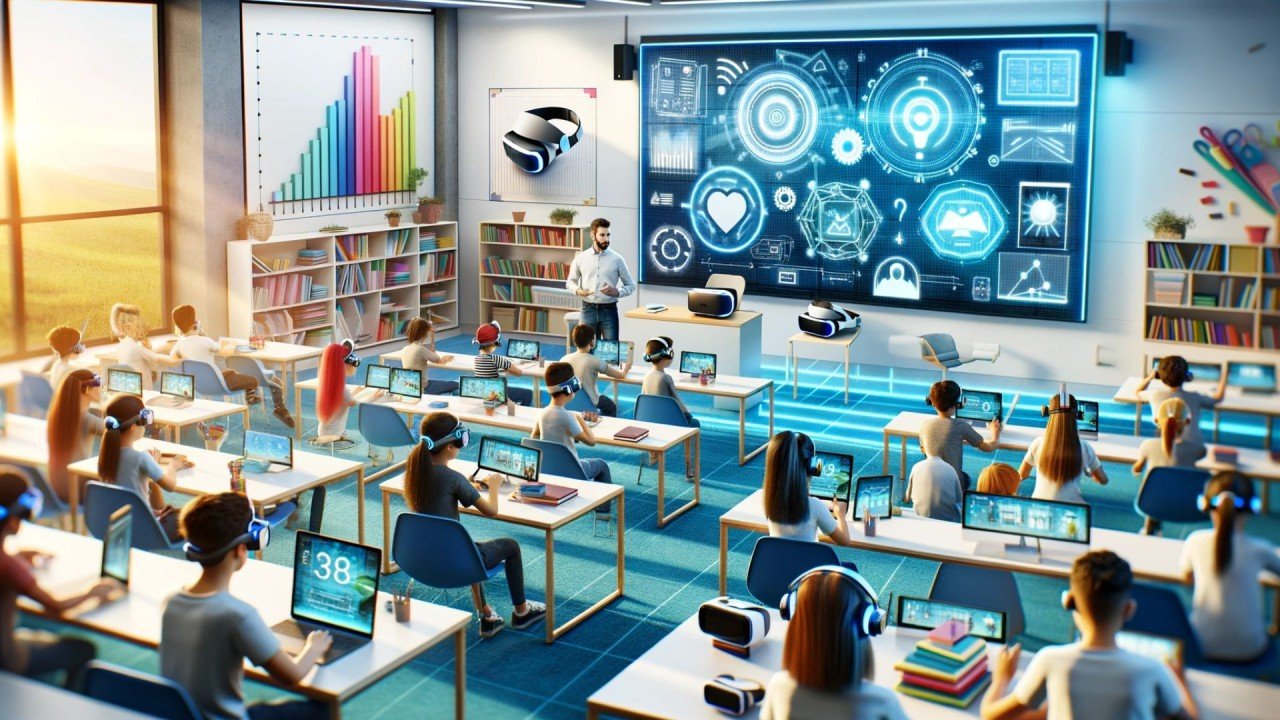The COVID-19 pandemic has accelerated the adoption of online education, transforming how students, educators, and institutions approach learning. As we move into a post-pandemic world, the landscape of online education continues to evolve. This blog explores key trends that are shaping the future of online learning and what they mean for students and educators alike.
1. Increased Use of Artificial Intelligence (AI)
AI is playing an increasingly vital role in online education, offering personalized learning experiences and automating administrative tasks. Key applications include:
- Personalized Learning Paths: AI algorithms can analyze student performance and learning styles to tailor content and recommend resources that meet individual needs.
- Intelligent Tutoring Systems: These systems provide real-time feedback and support, helping students to grasp complex concepts and improve their skills.
- Administrative Automation: AI can streamline processes such as grading, enrollment, and scheduling, allowing educators to focus more on teaching.
2. Rise of Microlearning
Microlearning, which involves delivering content in small, focused segments, is gaining popularity. This trend is driven by:
- Increased Attention Spans: With shorter attention spans in digital environments, bite-sized learning modules help maintain student engagement.
- Flexibility: Microlearning allows students to learn at their own pace and fit education into their busy schedules, making it more accessible for lifelong learners.
3. Growth of Hybrid Learning Models
Hybrid learning, which combines online and in-person instruction, is becoming more prevalent. Benefits of this approach include:
- Flexibility: Students can choose when and how they want to engage with course materials, enhancing their learning experience.
- Improved Engagement: In-person interactions complement online learning, fostering a sense of community and collaboration among students.
4. Emphasis on Soft Skills Development
As the job market evolves, employers increasingly seek candidates with strong soft skills such as communication, teamwork, and critical thinking. Online education is adapting by:
- Integrating Soft Skills into Curricula: Programs are incorporating opportunities for students to develop these essential skills through group projects, discussions, and interactive activities.
- Using Real-World Scenarios: Online courses often include case studies and simulations that allow students to practice soft skills in relevant contexts.
5. Enhanced Focus on Accessibility and Inclusivity
Online education is becoming more inclusive, with institutions prioritizing accessibility for all learners. Trends include:
- Universal Design for Learning (UDL): This framework encourages the creation of flexible learning environments that accommodate diverse learning needs and preferences.
- Expanded Access to Resources: Online courses are increasingly providing materials in various formats (e.g., audio, video, text) to support different learning styles and disabilities.
6. Growth of Blockchain Technology
Blockchain technology is emerging as a potential solution for credentialing and verification in online education. Benefits include:
- Secure and Transparent Credentials: Blockchain can provide a tamper-proof record of academic achievements, making it easier for employers to verify qualifications.
- Decentralized Learning: This technology could enable learners to own their educational records, giving them more control over their credentials and learning paths.
